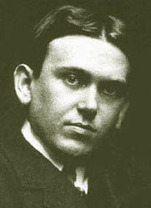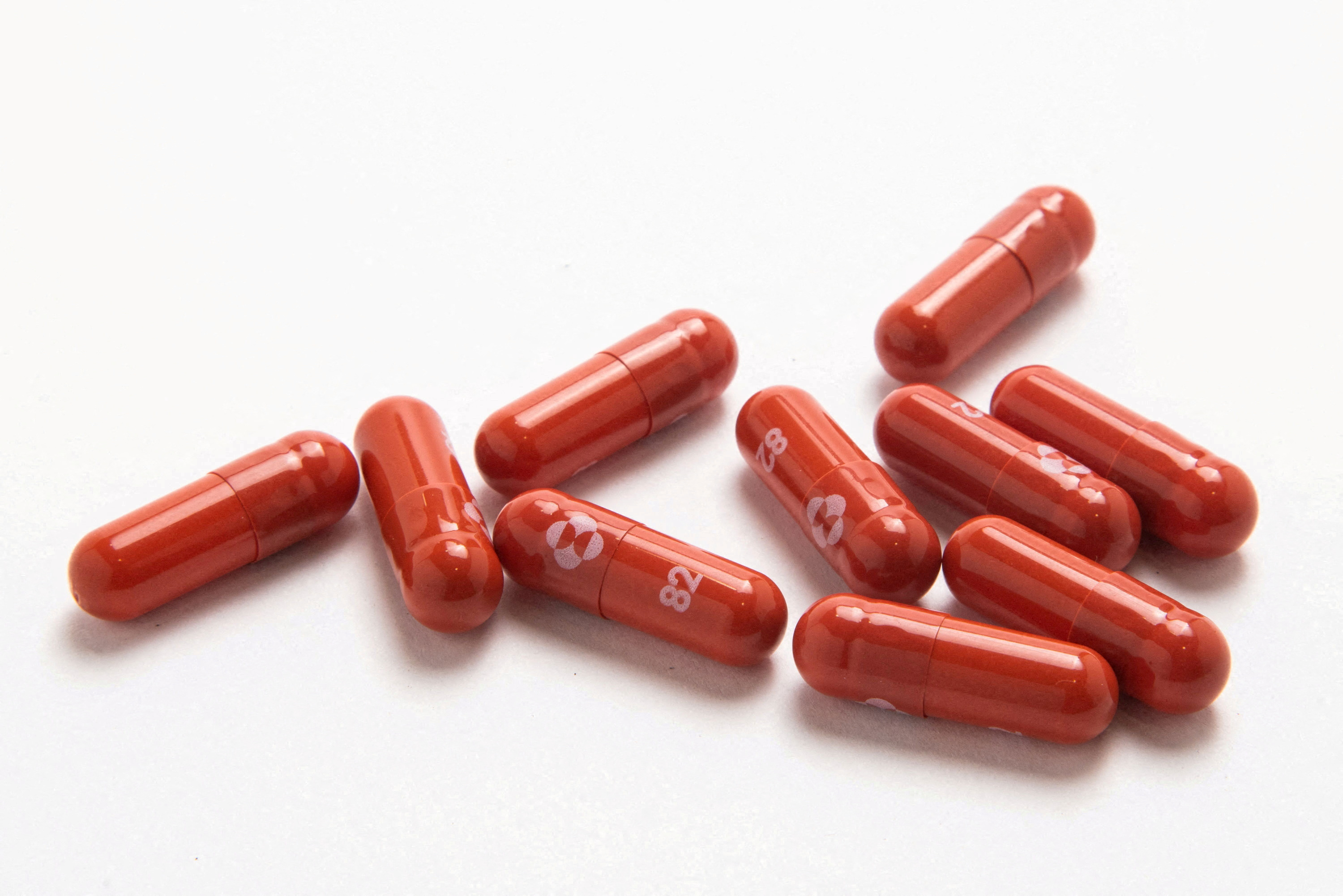Published 2021-12-22.
Last modified 2023-06-08.
Time to read: 10 minutes.
When the COVID-19 pandemic began, the world was unprepared and no one knew how the virus was transmitted. As the medical profession lurched awkwardly into action, it gave advice that later turned out to be incorrect. As time went by, important details about how the virus is transmitted were revealed, and the previous medical advice had become politicized. The new advice has not yet been generally adopted as policy and is currently unknown to most people.

About This Article
This article's intent is to show how the COVID-19 pandemic could be dealt with simply, cheaply, and with a minimum of aggravation by raising awareness of the potential role of HVAC (heating, ventilation and air conditioning) equipment.
The author is an electrical engineer with no health-related or HVAC-related qualifications. However, he can read and write, ideas often come to mind when presented with new information.
All the new information referenced in this article is generally available, from qualified and reputable sources, and this article just disseminates it.
This article concludes with actionable suggestions.
Update 2023-06-08
[The] federal agency has set a target - five air changes per hour -
for how much rooms and buildings should be ventilated...
it’s easy to see the guidance only in the context of Covid-19,
it will help with many other airborne hazards like wildfire smoke,
allergens and other infectious diseases, such as the flu...
“If they had broadcast and implemented these changes at the beginning, there never would have been a pandemic”,
said Kimberly Prather,
an atmospheric chemist at the University of California at San Diego and the Scripps Institution of Oceanography.
COVID-19 Is Primarily Transmitted Via Aerosols
The most significant bit of information about COVID-19, which was not generally accepted at the beginning of the pandemic, is that it is mostly transmitted via aerosols; that is, via small airborne droplets only a few microns in diameter. (One micron is a millionth of a meter, or one twenty-five thousandth of an inch). Aerosol particles can hang in the air for hours and travel hundreds of feet.
The Centers for Disease Control and Prevention (CDC) officially recently officially recognized that SARS-CoV-2 (the virus that causes COVID-19) is airborne, meaning it is highly transmissible through the air.

- inhalation of very fine respiratory droplets and aerosol particles
- deposition of respiratory droplets and particles on exposed mucous membranes in the mouth, nose, or eye by direct splashes and sprays
- touching mucous membranes with hands that have been soiled either directly by virus-containing respiratory fluids or indirectly by touching surfaces with virus on them.
People release respiratory fluids during exhalation (e.g., quiet breathing, speaking, singing, exercise, coughing, sneezing) in the form of droplets across a spectrum of sizes. These droplets carry virus and transmit infection. To stay healthy, avoid these droplets.
The largest droplets settle out of the air rapidly, within seconds to minutes. The smallest very fine droplets, and aerosol particles formed when these fine droplets rapidly dry, are small enough that they can remain suspended in the air for minutes to hours.
–From the CDC Scientific Brief: SARS-CoV-2 Transmission, Updated May 7, 2021.The idea that physical distancing of 6 feet (2 meters) might help keep people healthy is an example of bad science from a study 80 years ago that was not debunked until recently.

–From the US Environmental Protection Agency (EPA): Indoor Air and Coronavirus (COVID-19), web page was updated December 15, 2021.
Distance between people is not a significant transmissibility factor. Imagine two people, back to back, one (downwind) very sick with COVID-19, and the other (healthy) upwind, and the wind is blowing at 20 mph (32 km/h). The sick person will not infect the healthy person, unless they exchange positions. Just control the air that is breathed, and all airborne viruses such as COVID-19 will be controled.

– Dr. Robert Schooley, Professor in the Department of Medicine at the University of California San Diego (November 22, 2021), quoted from COVID Gets Airborne – UC San Diego develops computer model to aid understanding of how viruses travel through the air
Controlling Virus Infiltration
We would do well to remember that the COVID-19 virus causes sickness. Without exposure to the virus people would not get sick. The risk that a person might catch the disease is directly related to the number of viruses inhaled per unit of time. For example, the more viruses someone inhales in an hour, the more likely they will get sick.
The amount of virus necessary to make a person sick is called the infectious dose. All the countermeasures that have been used (hand washing, physical distancing, masks, curfews, etc.) are intended to reduce the number of viruses people are exposed to per unit time. Pandemic policy treats countermeasures as proxies for virus transmission vectors. By not updating pandemic policy as new information becomes available, we loose the ability to control the spread of the virus.
HEPA Filters
HEPA filters on HVAC equipment are designed to remove these aerosols. They come in a huge variety of sizes, shapes and air flow capacities. If you could just breathe the pure air emitted from a fan that had a HEPA filter, you would not get sick from any airborne virus. Any number of people could gather safely, if each of them received an adequate supply of pure air in their face at all times.

–US Environment Protection Agency
HEPA filters are inexpensive and are readily available. They are not new. In fact, HEPA filter technology was created in the 1940s by the US Army Chemical Corps and National Defense Research Committee as part of the Manhattan Project. HEPA technology was declassified after World War II and became available for commercial and personal use. HEPA filters play a key role in the research and development of modern pharmaceuticals, aerospace engineering, and computer chip manufacturing.
–From Nature Magazine, October 6, 2021: Real-world data show that filters clean COVID-causing virus from air – An inexpensive type of portable filter efficiently screened SARS-CoV-2 and other disease-causing organisms from hospital air.
It is easy to attach a HEPA filter to a fan, or to replace an existing HVAC filter with a HEPA filter. Here is a very scientific approach to a home-made solution.

One of the comments on the above video, from Rick Rude in 2014, was:
MERV Filters
MERV is a graduated standard; MERV 7 is the minimum standard for furnaces, while MERV 13 is the highest.
MERV 13 filters are more efficient at removing large particles from the air, while HEPA filters are more efficient at removing small particles from the air. MERV 13 filters can remove up to 99.97% of particles from the air, while HEPA filters can remove up to 99.99% of particles from the air.
How to Build a Corsi-Rosenthal Box.
How to Identify and Rectify Poorly Ventilated Indoor Spaces Using Engineering Controls
David Elfstrom, P. Eng., is a independent civil engineer based in Simcoe, Ontario who consults on the efficient use of energy in buildings. During the pandemic he has been drawing attention to the importance of ventilation, filtration, and overall indoor environmental quality. Earlier this year Mr. Elfstrom completed a ventilation and air pathways assessment of an apartment building in outbreak for a public health unit. This presentation was part of Passive Buildings Canada's 2021 Annual General Meeting.
Mr. Elfstrom also co-authored the Masks4Canada Room Ventilation/Filtration Guide and Tip Sheet.
N95, KF94, FFP2, and 9152 Masks and Their Cousins
If you need to move about in a crowd, or enter a space that contained people a few hours ago, you need to wear a properly fitting face mask that filters out the tiny aerosol particles that contain the COVID-19 virus. N95 masks and their cousins (KN95, KF94, etc.) do the job because they filter particles as small as 0.3 microns. This is similar to the particle size filtered by HEPA filters. Caution: KN95 is a self-reported test standard, and lacks strict government regulation by China, resulting in many underperforming and often flat-out fake masks.
The US National Personal Protective Technology Laboratory (NPPTL), which is part of the US National Institute for Occupational Safety and Health (NIOSH), which itself is part of the CDC, evaluated various masks and published the results as NPPTL Respirator Assessments to Support the COVID-19 Response.
The following types of masks do not reliably filter tiny aerosols, so they do not adequately protect you from COVID-19 variants such as Omicron:
- Surgical masks (what most people wear these days)
- Masks with activated charcoal
- Vented masks
- Cloth masks
- Gaiters
- Ill-fitting masks that do not cover and seal the mouth and nose
Inoculations and Pills
Inoculations, including boosters, have proven to be very helpful. Pills from Pfizer Inc. and Merck & Co. for people sick with COVID-19 will also be very helpful once they become available. However, pills will only help sick people get better, they will not prevent getting sick.
Until everyone in the entire world has somehow acquired an effective level of antibodies, COVID-19 will continue to mutate.
The Only Solution Available Today
Inoculations and masks are good, but they are not perfect preventative measures against COVID-19. Protection against infection is not 100%. At present, the only preventative measure against COVID-19 that would allow people to safely mingle in person would be to guarantee continuous streams of pure air directed individually at each person's face.
This measure would also prevent the spread of all other diseases and their variants that are primarily spread via aerosols, including coronoviruses, colds, flus, tuberculosis, MERS-CoV, measles, ebola and chickenpox. Pollen, dust and other particulates would also be removed, so athsma sufffers would feel relief from extended periods breathing pure air.
The solution to living with COVID-19 is simple, safe, inexpensive and is not disruptive:
Live your social life with a pure breeze in your face.

Life as we knew it before the pandemic started 2 years ago could resume, mostly.
HVAC Upgrades Are Key
The engineering group that encompasses HVAC is ASHRAE. ASHRAE was formed as the American Society of Heating, Refrigerating and Air-Conditioning Engineers by the merger in 1959 of American Society of Heating and Air-Conditioning Engineers (ASHAE), founded in 1894 and The American Society of Refrigerating Engineers (ASRE), founded in 1904.
ASHRAE offers Core Recommendations for Reducing Airborne Infectious Aerosol Exposure. MERV 13 or better levels of performance are recommended, and HEPA filters surpass that specifation. In fact, all HEPA filters have a rating of a MERV 17 or higher.
Entrepreneurs
This represents an opportunity for entrepreneurs.
Restaurants
Imagine a restaurant that stays open with near-normal seating capacity because each table is equipped with a fan and ducting that blows a gentle breeze of pure air directly into the face of every patron. The air would recirculate within the restaurant, so there would be no need to upgrade the existing HVAC system because the HEPA filters located at each table would continuously clean the air within the restaurant. Those filters would need to be cleaned and disinfected daily. The wait staff would all wear N95 or similar masks, however each cashier could instead enjoy their own gentle breeeze of pure air.
Cost to equip each seat in the restaurant could be less than $50. For do-it-yourself owners, the cost could approach $10 per seat. For example, a 100-seat restaurant might be able to retrofit 75 of those seats at a cost of less than $3750. They would never have to close again due to any pandemic caused by airborne aerosols... provided, of course, that local regulations recognized this approach.
Retail Stores and Office Buildings
Enclosing sales clerks in stores behind clear plastic walls is wrong because it decreases air circulation. Instead, each those staff members should have a dedicated ducted fan that blows a gentle breeze of pure air into their face at all times.
Similarly, queues of people awaiting their turn at checking out should have fans blowing pure air at their heads. The air would recirculate within the store, there would be no need to upgrade the existing HVAC system because the HEPA filters would continuously clean the air within the building.
Spring-Breezifier Is Offered Into the Public Domain
I offer this idea to the world; I am an idea machine so I cannot act on most of them. Just for fun, let's call this idea the Spring-Breezifier.
Designing and building Spring-Breezifiers seems like it might be a good high school or youth group project. HVAC installers in particular should be able to make short work of this idea; go ahead and make lots of money providing pure airflows by building custom Spring-Breezifiers for your customers, we all thank you!
If anyone would like to talk to me about their Spring-Breezifier project, I would be happy to speak with them.
Next Steps
- Medical HVAC specialists could suggest the necessary cubic feet per minute of air required per person sufficient to guarantee a continuous stream of pure air, and provide guidelines for designing ductwork to direct that air effectively.
- Build and test prototypes. Most of the effort will be in designing and building the ducting and/or the scaffolding. Adding inner baffles would raise the cost and weight, lower the noise and make the airflow less turbulent. Perhaps Spring-Breezifiers could be built entirely from off-the-shelf parts for some or even most installations. Large-format 3D printers for special circumstances might be helpful.
- Propose the inclusion of pure air streams into public spaces as a matter of public health policy.














